Wet-to-Wet Differential Pressure Sensors: Unidirectional vs Bidirectional — What Every Hydronic Engineer Must Know
.jpg)
November 14, 2025
In modern HVAC & Building Automation Systems, wet-to-wet differential pressure (ΔP) sensors play a critical role in monitoring pump performance, coil health, valve authority, and overall hydronic balance.
But one topic that confuses many engineers is this:
Should you choose a Unidirectional sensor or a Bidirectional sensor?
Let’s break it down in a simple, practical, BMS-friendly way
🟢 What Is a Wet-to-Wet DP Sensor?
A wet-to-wet DP sensor measures the difference between two water pressures in a hydronic system.
Both ports (High & Low) are water-submerged, making them suitable for:
1. Chilled water systems
2. Hot water systems
3. Condenser water loops
4. Bypass circuits
5. Pump monitoring
6. Coil ΔP measurement
7. Valve authority calculation
🟢 Unidirectional Wet-to-Wet DP Sensors - Measures pressure only in ONE direction
High port > Low port
If the differential reverses, the sensor does not measure negative DP.
Where to Use Perfect when flow direction is fixed and guaranteed, such as:
1. Across a cooling coil
2. Across a heating coil
3. Across a strainer or filter
4. Across a pump (discharge to suction)
🟢 Bidirectional Wet-to-Wet DP Sensors - Measures pressure in BOTH directions
It outputs positive or negative DP, depending on which side has higher pressure.
Where to Use These are essential when pressure may flip due to system dynamics:
1. Across 3-way valves
2. Across bypass lines
3. Across decoupler lines in primary–secondary pumping
4. In district cooling systems where direction reversals are possible
5. Across condenser water systems exposed to tower load variations
🟢 How to Select the Right Type?
Choose Unidirectional when:
1. Flow is always from point A -> B
2. You need stable and inexpensive sensing
3. Typical application: coils, pumps, strainers
Choose Bidirectional when:
1. Flow direction may change
2. You have 3-way valves or bypass circuits
3. You operate a variable primary system
4. You want reliable data even under transient or low-load conditions
🟢Final Thought
Wet-to-wet sensors may look simple, but choosing the right directionality is a high-impact engineering decision.
A small change in DP logic can completely transform how your hydronic system behaves—especially in today's variable flow, energy-optimized, sensor-driven HVAC world
.jpg)
November 20, 2025
.jpg)
November 20, 2025
.jpg)
November 20, 2025
.jpg)
November 20, 2025
.jpg)
November 20, 2025
.jpg)
November 20, 2025
.jpg)
November 20, 2025
.jpg)
November 20, 2025
.jpg)
November 20, 2025
.jpg)
November 20, 2025
.jpg)
November 20, 2025
.jpg)
November 20, 2025

November 20, 2025

November 19, 2025


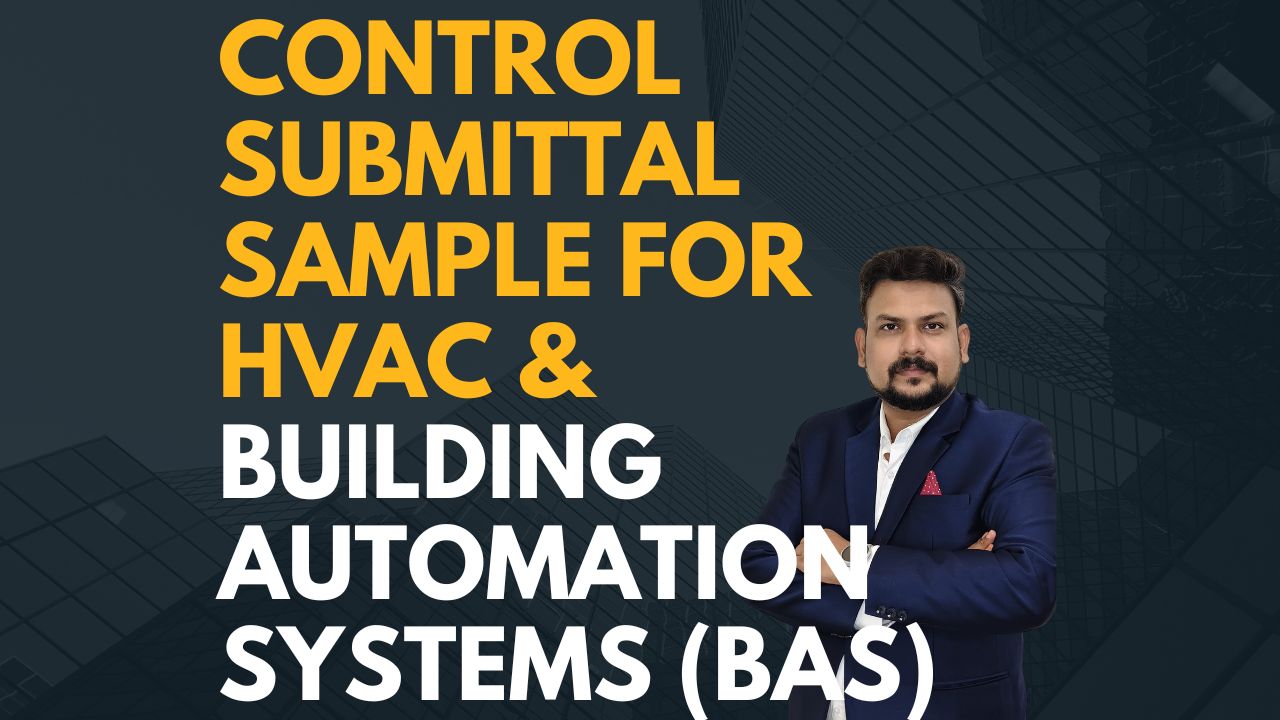
November 19, 2025

November 19, 2025

November 19, 2025

November 19, 2025

November 18, 2025
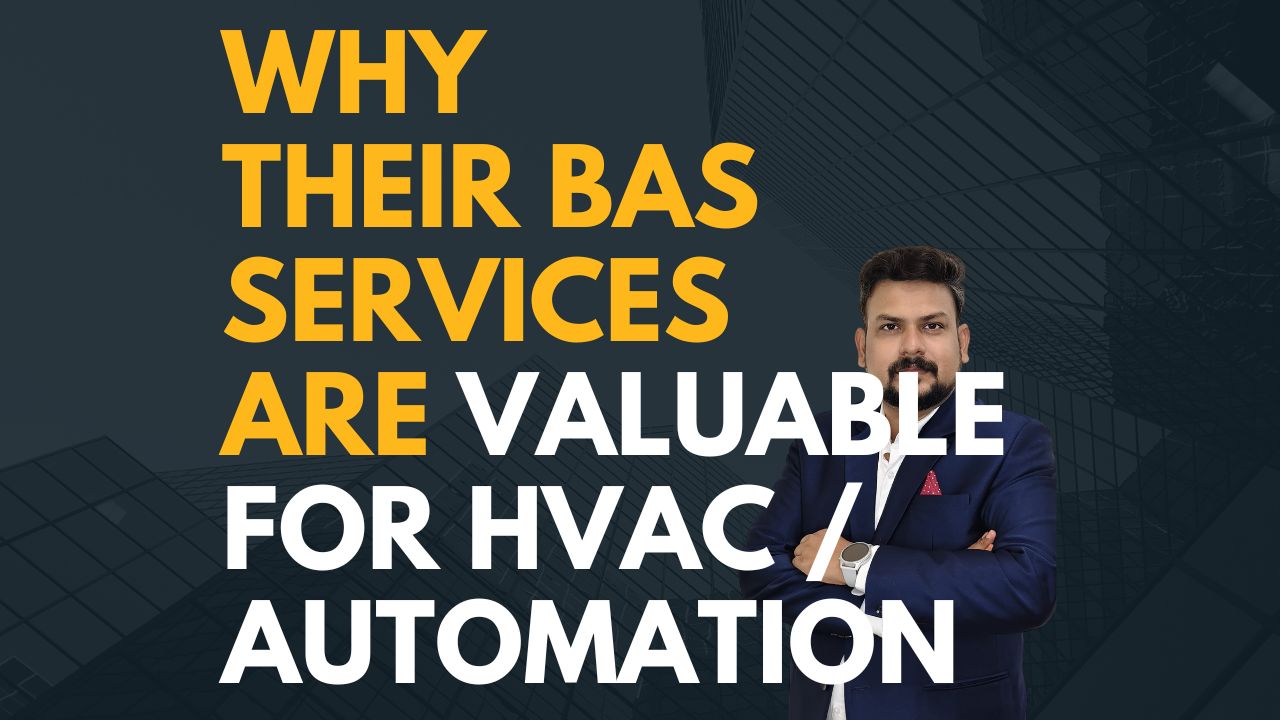
November 18, 2025





November 18, 2025

November 18, 2025


November 17, 2025


.jpg)
November 17, 2025
.jpg)
November 17, 2025
.jpg)
November 17, 2025
.jpg)
November 17, 2025
.jpg)
November 17, 2025
.jpg)
November 15, 2025
.jpg)
November 15, 2025
.jpg)
November 15, 2025
.jpg)
November 15, 2025
.jpg)
November 15, 2025
.jpg)
November 15, 2025
.jpg)
November 15, 2025
.jpg)
November 15, 2025
.jpg)
November 15, 2025
.jpg)
November 15, 2025
.jpg)
November 15, 2025
.jpg)
November 15, 2025
.jpg)
November 15, 2025
.jpg)
November 15, 2025
.jpg)
November 15, 2025
.jpg)
November 15, 2025
.jpg)
November 15, 2025
.jpg)
November 15, 2025
.jpg)
November 15, 2025
.jpg)
November 15, 2025
.jpg)
November 15, 2025
.jpg)
November 15, 2025
.jpg)
November 15, 2025
.jpg)
.jpg)
.jpg)
November 8, 2025
.jpg)
November 5, 2025
.jpg)
November 4, 2025
.jpg)
.jpg)
November 2, 2025
.jpg)
November 1, 2025
.jpg)
October 31, 2025
.jpg)
October 30, 2025
.jpg)
October 28, 2025
.jpg)
October 28, 2025
.jpg)
.jpg)
October 28, 2025
.jpg)
October 25, 2025
.jpg)
October 24, 2025
.jpg)
October 23, 2025
.jpg)
.jpg)
October 17, 2025
.jpg)
October 16, 2025
.jpg)
October 15, 2025
.jpg)
October 16, 2025
.jpg)
October 10, 2025
.jpg)
October 6, 2025
.jpg)
September 29, 2025
.jpg)
September 26, 2025
.jpg)
September 23, 2025
.png)
.jpg)
September 3, 2025
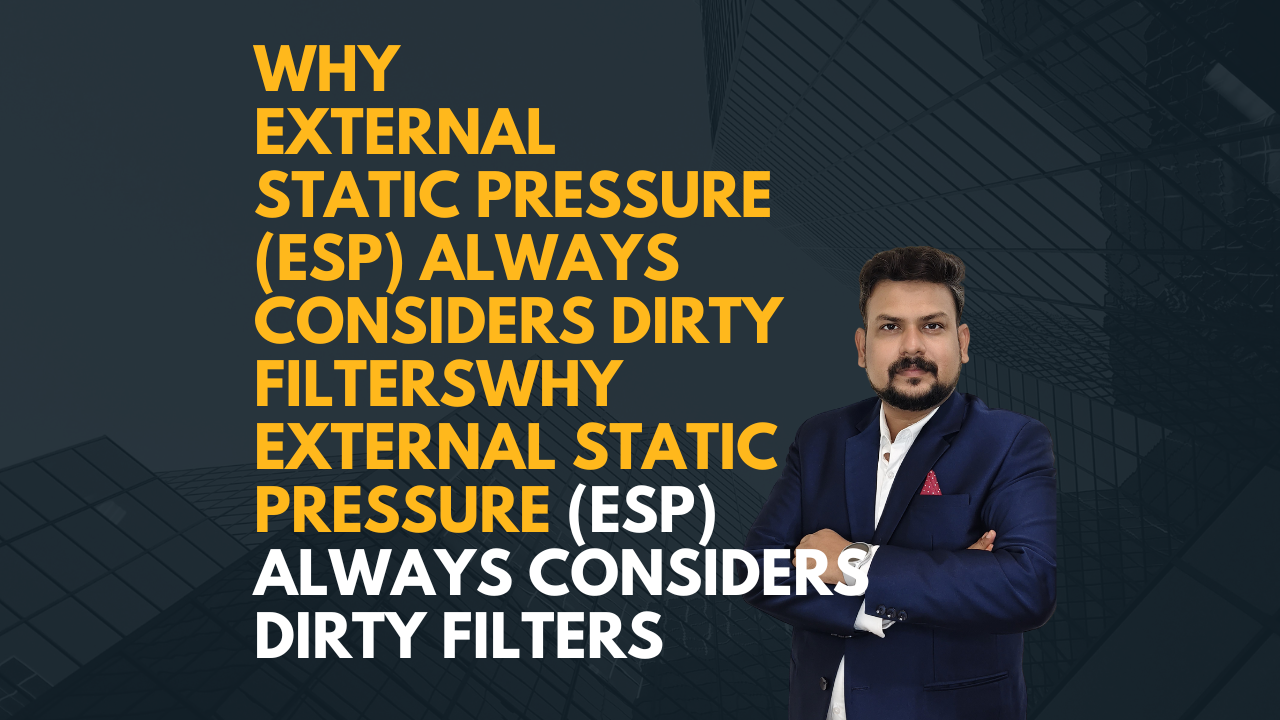
September 2, 2025
.jpg)
September 1, 2025
.jpg)
September 1, 2025
.jpg)
September 1, 2025
.png)
.png)
September 1, 2025
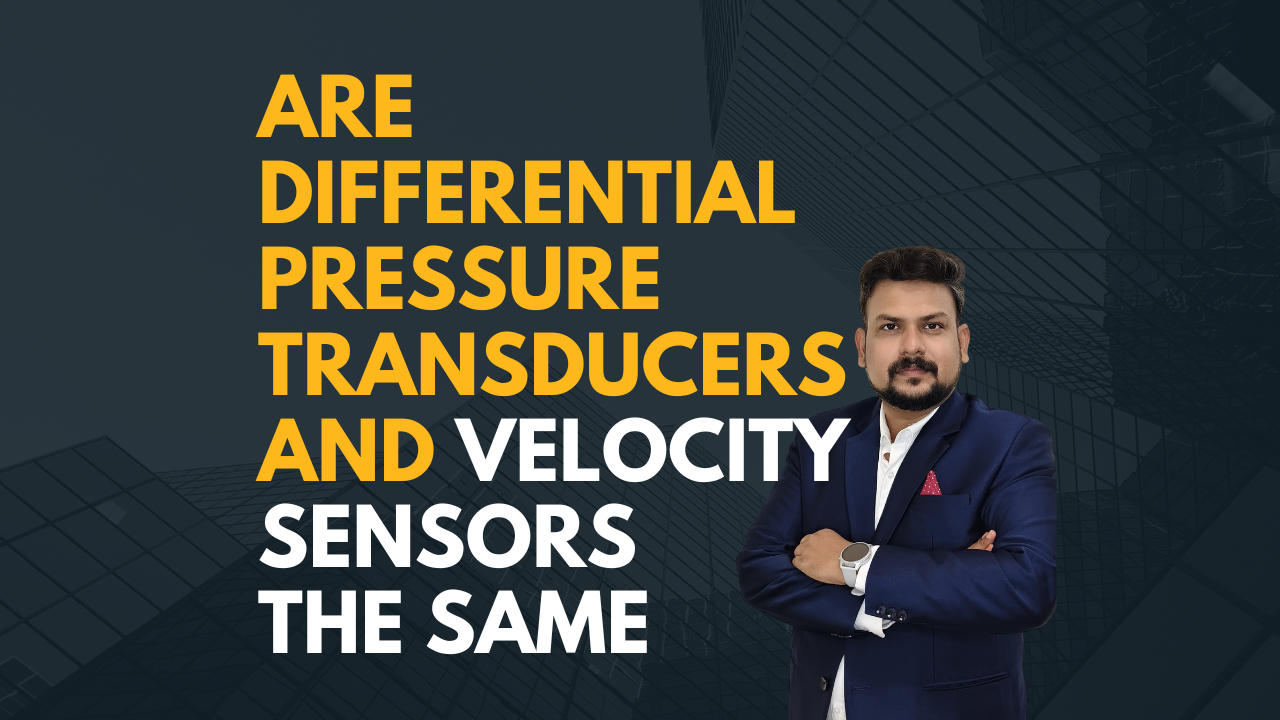
September 1, 2025
.png)
September 1, 2025
.png)
.png)
September 1, 2025
.png)
September 1, 2025
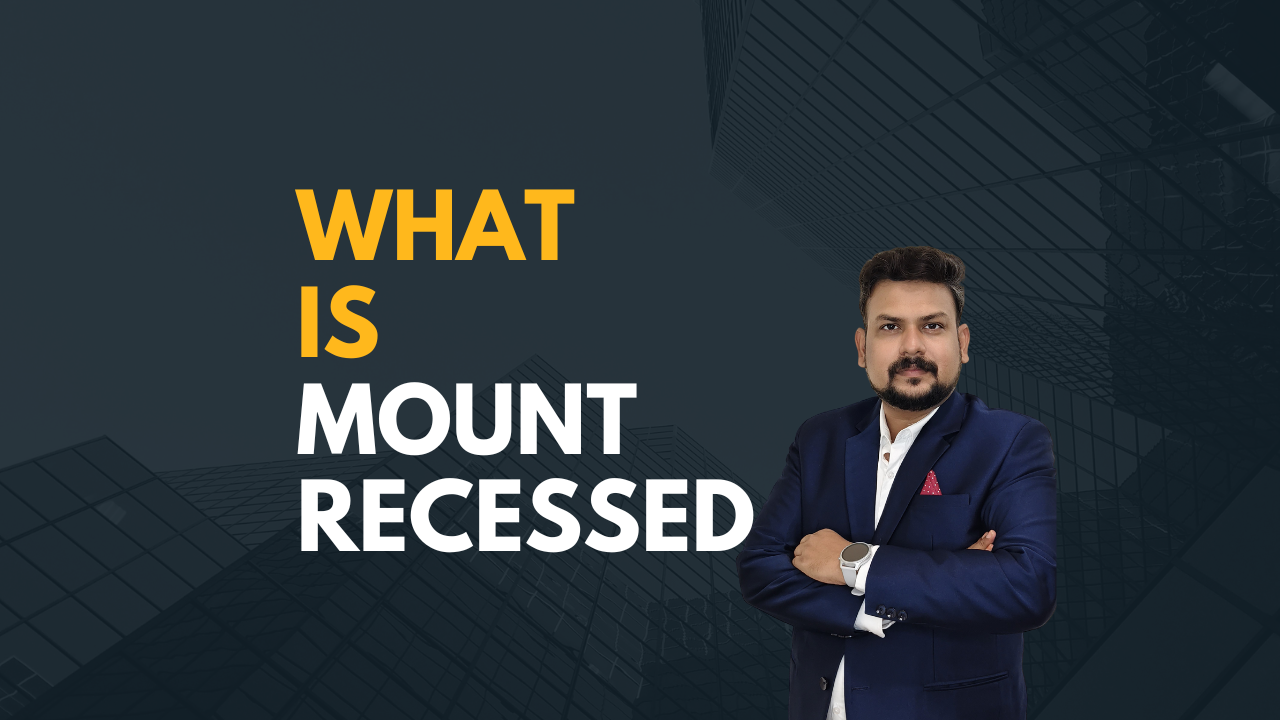
September 1, 2025
.png)
September 1, 2025

September 1, 2025
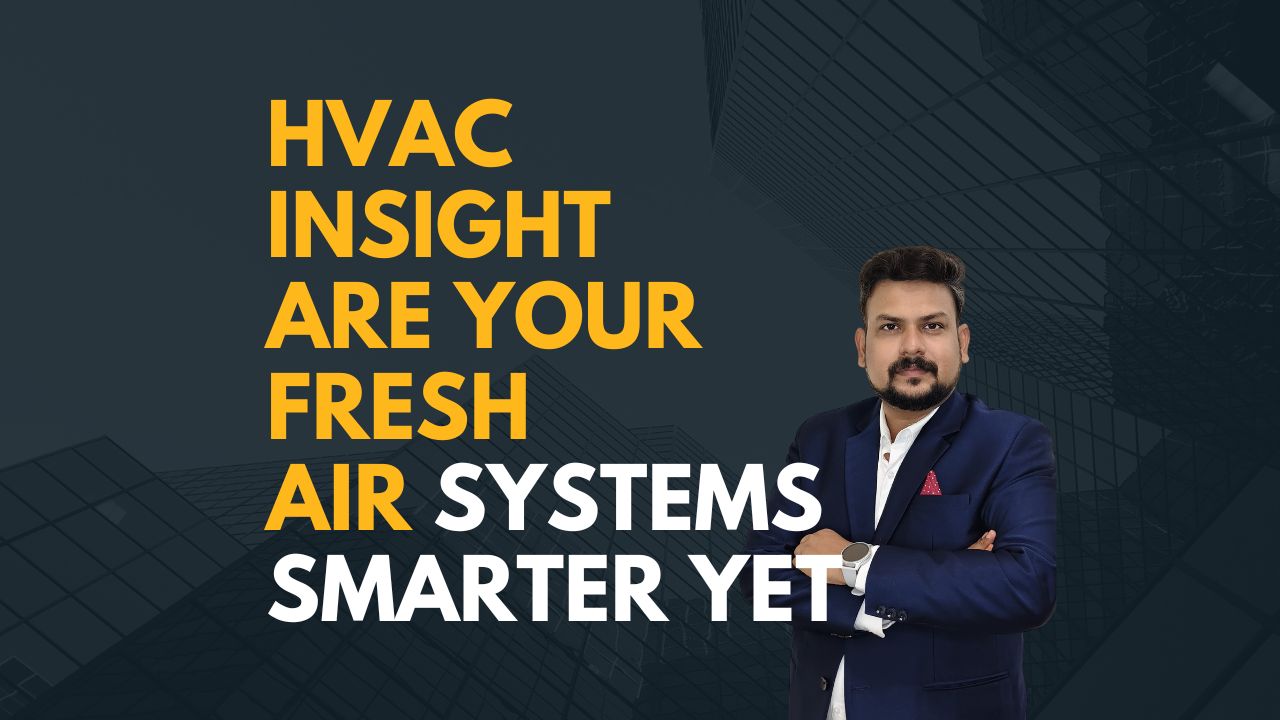
September 1, 2025
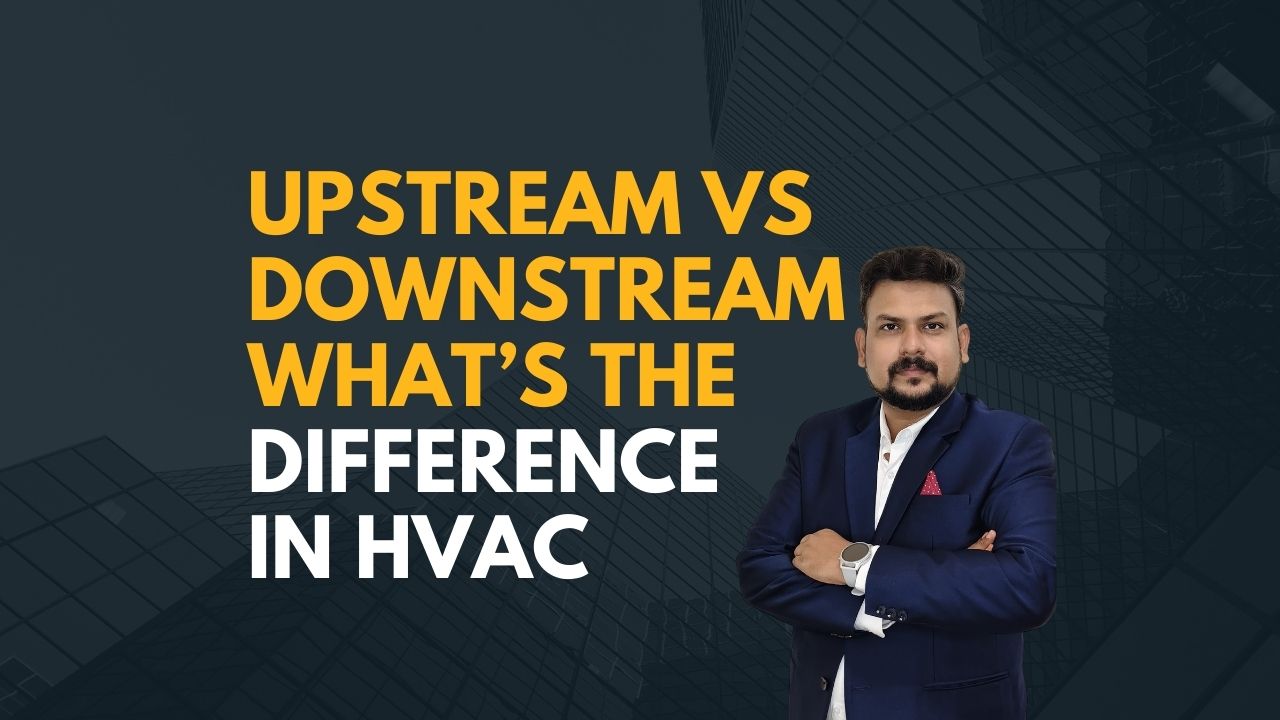
September 1, 2025

September 1, 2025
.png)
September 1, 2025

September 1, 2025
.png)
September 1, 2025
.jpg)
September 1, 2025
.jpg)
September 1, 2025
.jpg)
September 1, 2025
.jpg)
September 1, 2025
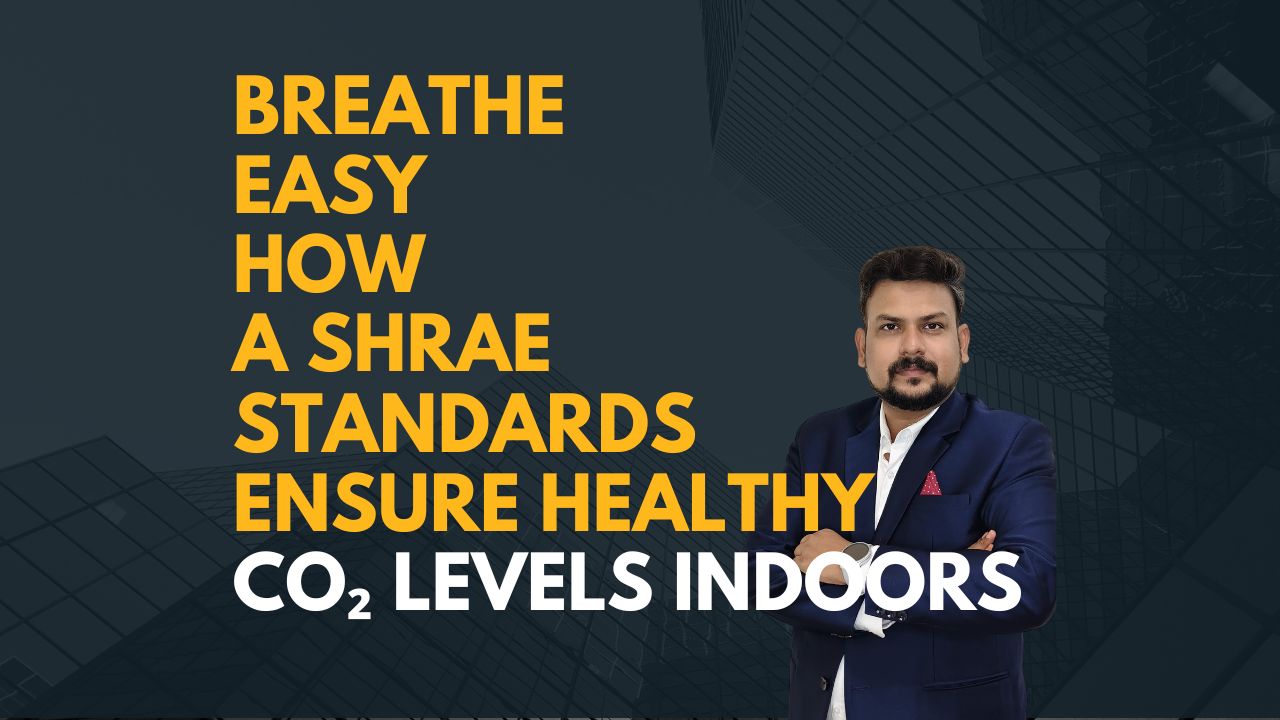
September 1, 2025
.jpg)

September 1, 2025

September 20, 2024

September 13, 2024

September 5, 2024

August 31, 2024
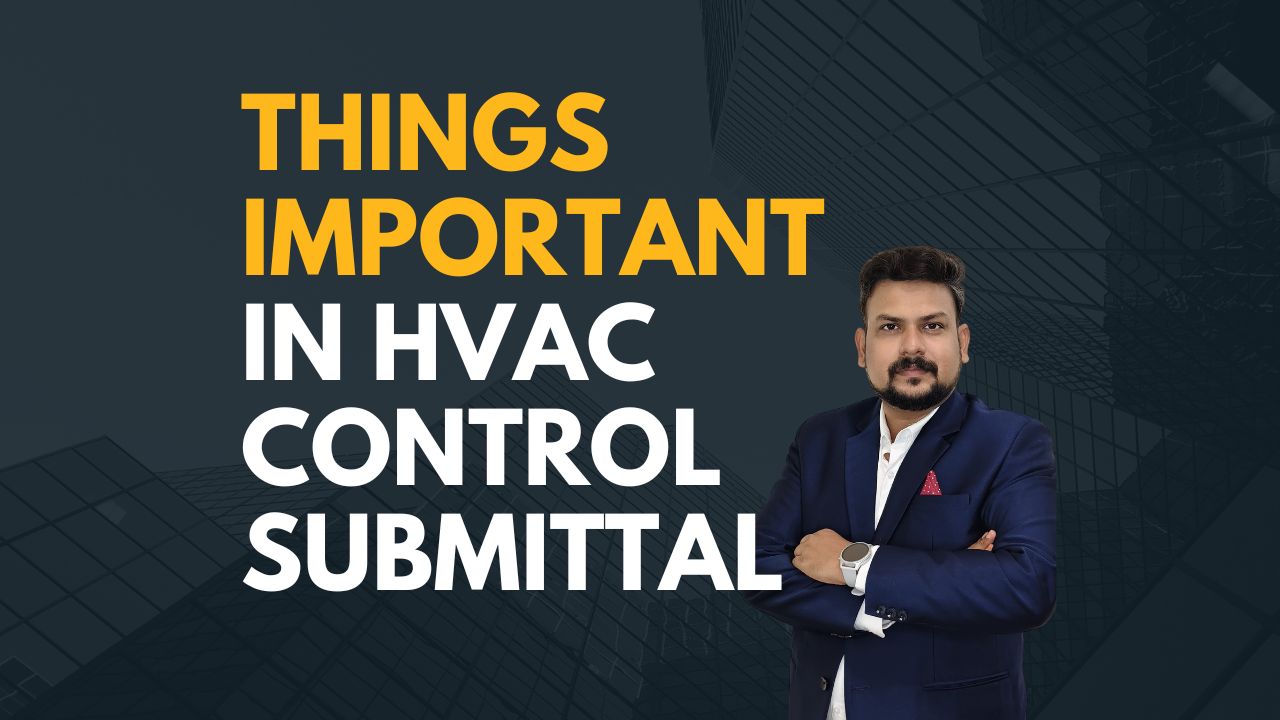
August 28, 2024

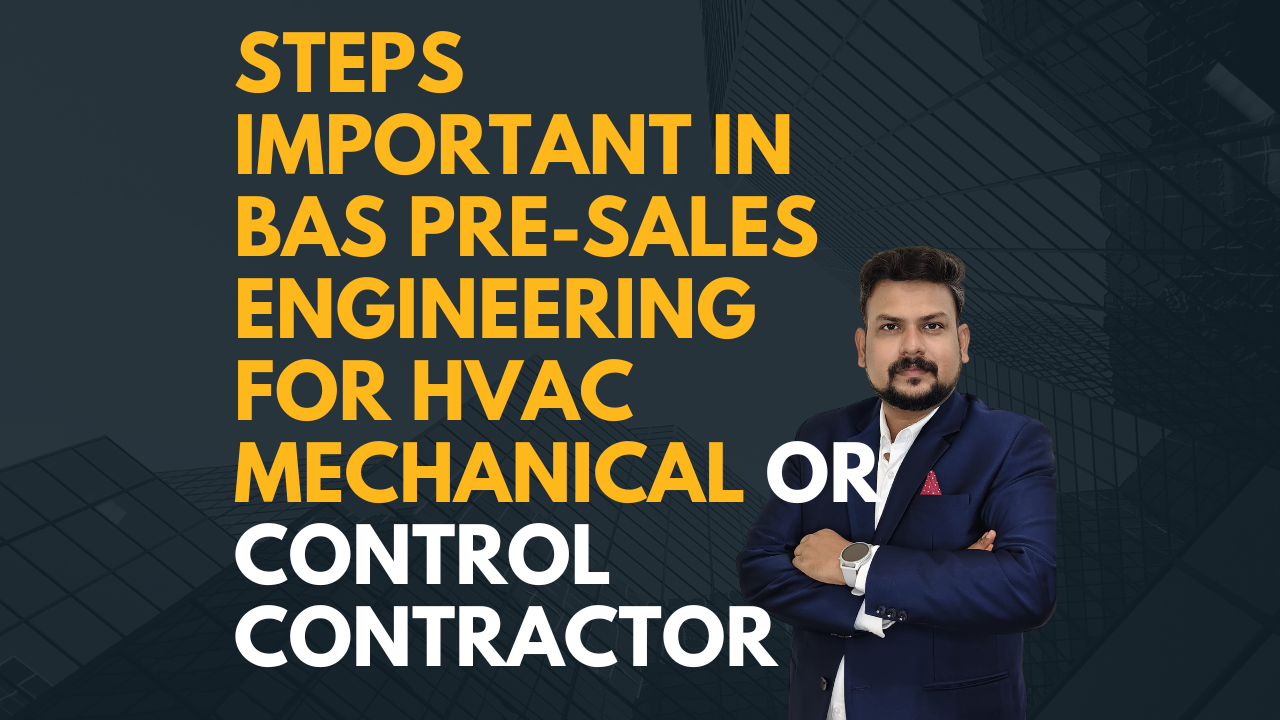

May 14, 2024
.jpg)





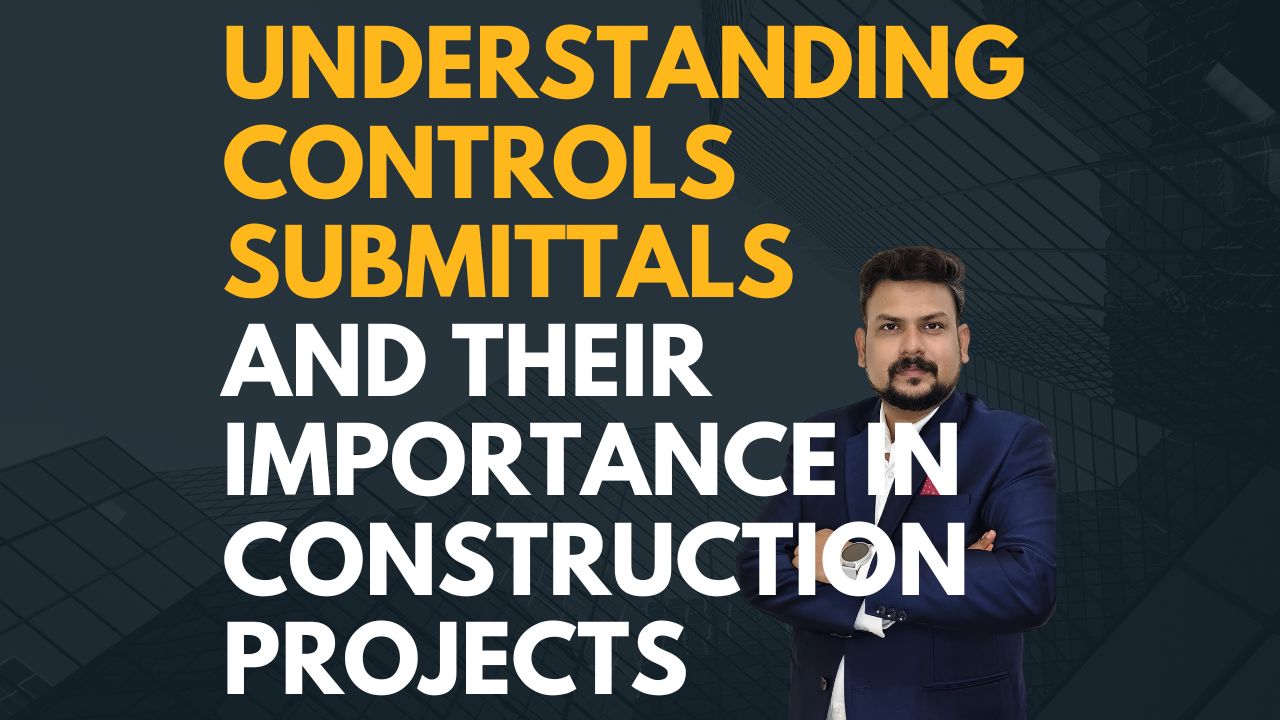

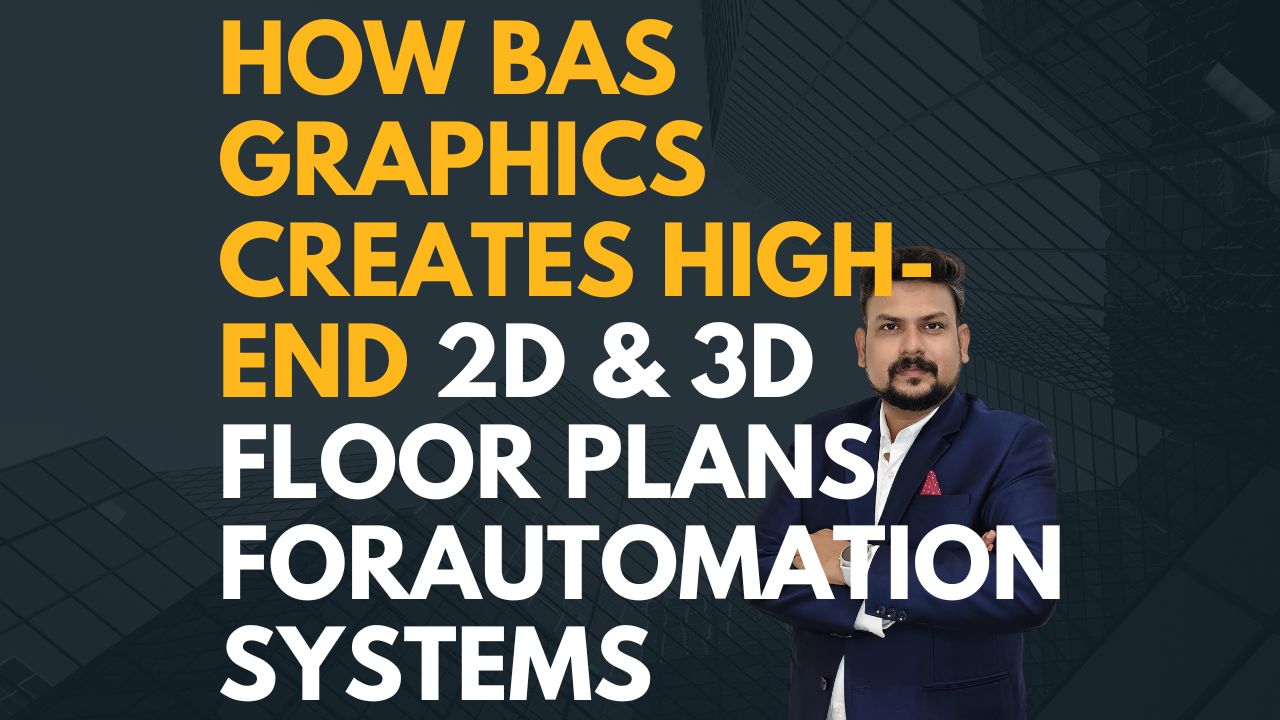
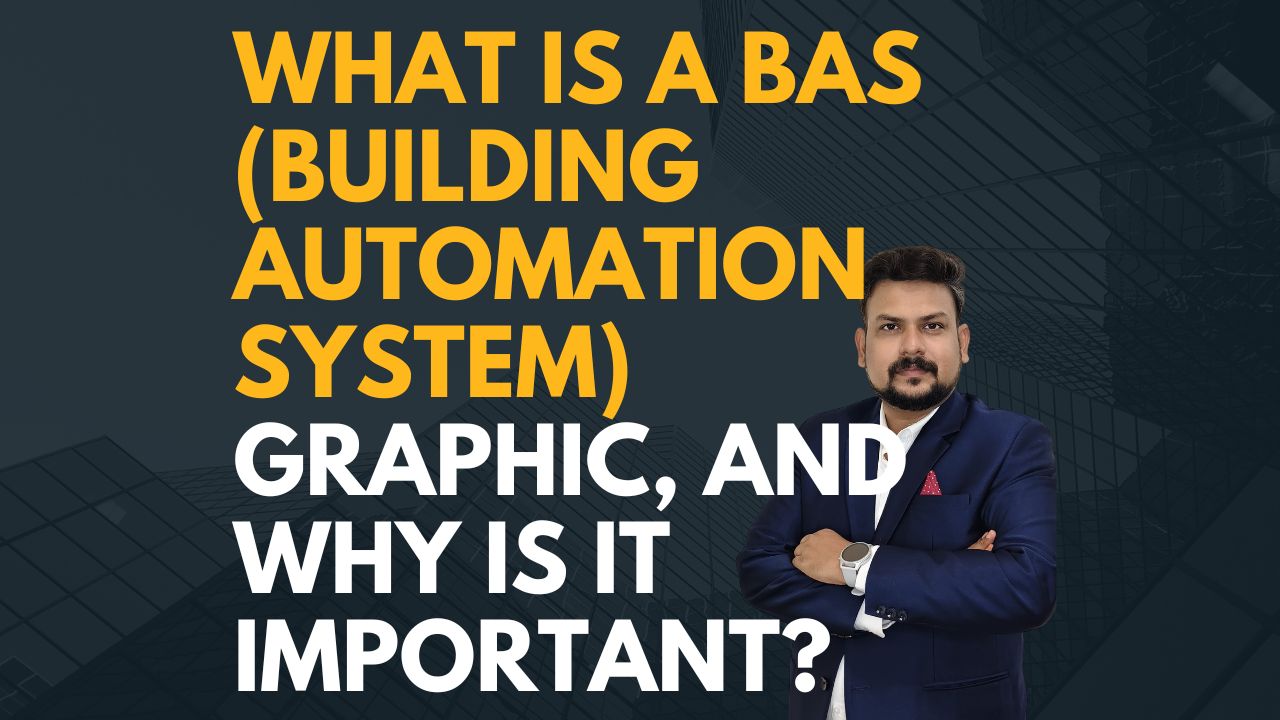

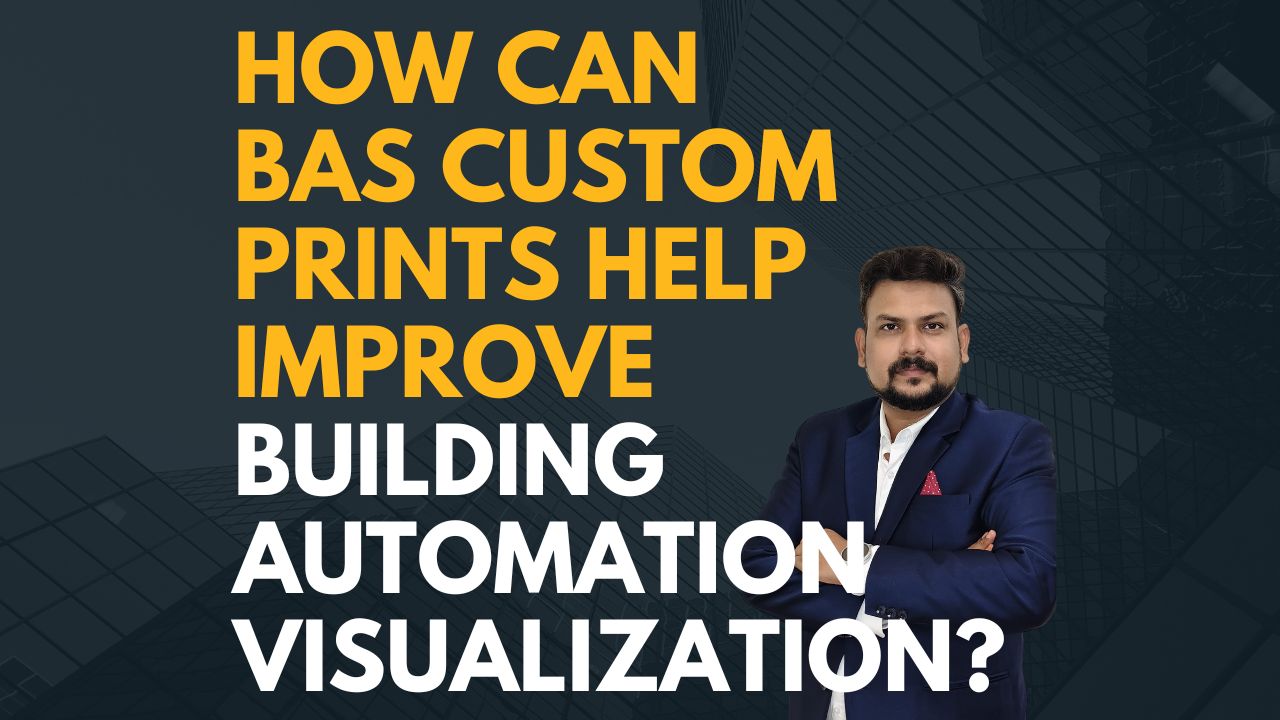
.jpg)
.jpg)
.jpg)
.jpg)
.jpg)
.png)

.jpg)


